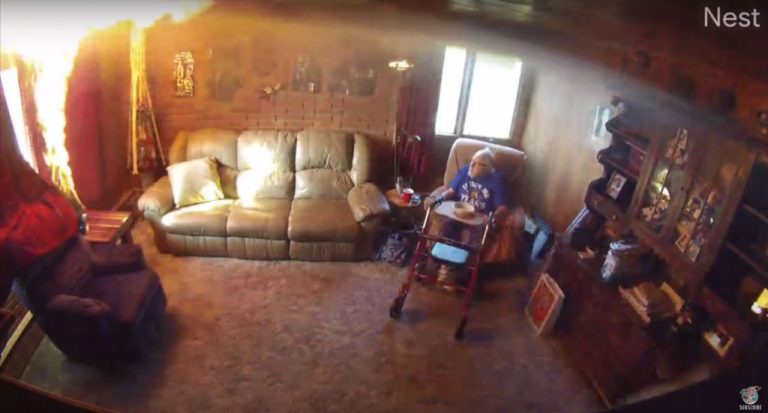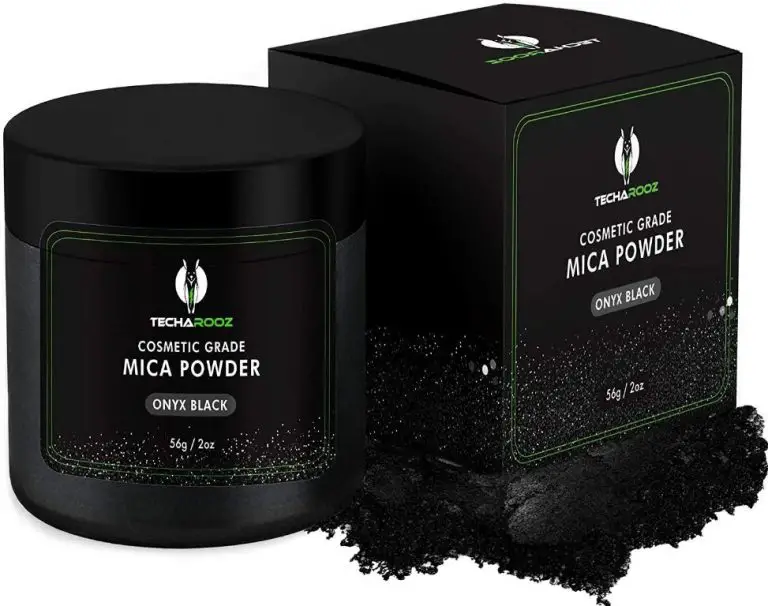Are Candle Warmers Safe To Leave On All Day?
Candle warmers are devices that heat up wax candles and release ambient fragrance without an open flame. They consist of a base unit with a light bulb or heating element and a platform on top to hold a candle. When a candle is placed inside, the device melts the wax using low-level heat, allowing the candle’s fragrance to scent the surrounding area.
Unlike burning a candle normally, candle warmers don’t have a live flame. This allows them to provide aroma without the fire risk or soot that comes from an open wick. Candle warmers also help candles last longer since the wax melts more slowly. Many people use them all day long to make their homes smell pleasant continuously.
Are They Safe to Leave on All Day?
Candle warmers are designed to safely melt candle wax by using a low-wattage lightbulb or heating plate. However, that doesn’t mean they are completely without risk if left on continuously. There are a few factors to consider regarding the safety of leaving a candle warmer on all day:
Fire hazard – Leaving any electrical appliance on continuously does increase the fire risk, especially if left unattended. Candle warmers can get quite hot, so having one on for an extended period raises the chances of a fire starting if the unit malfunctions or something flammable comes into contact with it.
Built up heat – When left on for hours on end, some candle warmer models can overheat. This excessive build up of heat over time can pose a risk of fire or damage to the unit. It’s best not to leave it running non-stop for days on end.
Melted wax issues – If the candle warmer remains on perpetually, all of the wax may fully melt down into the dish. If left unattended in this state, the warmer could get so hot that the wax begins to smoke or ignite.
Short answer – for optimal safety, it’s not recommended to keep a candle warmer powered on 24/7. Periodic breaks and monitoring usage is advised.
Fire Hazards
One of the biggest risks of leaving a candle warmer on unattended is the potential fire hazard. If a candle is left burning in a warmer for too long, the wax can overheat and ignite. This poses a safety issue if no one is present to notice and extinguish the flames. Additionally, most candle warmers utilize a light bulb or heating element to melt the wax. If this heat source remains on indefinitely, it can overheat or malfunction. This could lead to not only a wax fire, but potentially the warmer components catching fire as well.
Another hazard is the warmer or candle being accidentally knocked over. If left operating all day without supervision, a pet or child could inadvertently tip it. This would likely put the flame in contact with surrounding combustible materials like carpet, curtains, or furniture. The results could be catastrophic if the spill goes unnoticed and spreads.
While flameless candle warmers eliminate the danger of an open flame, any electrical device left constantly operating is susceptible to technical issues. Components can degrade over time and fail in ways that spark electrical fires. So oversight is still important even for safer models.
Built-in Safety Features
Most candle warmers sold today come equipped with important built-in safety features designed to prevent fires or burns. One of the most essential is auto shut-off technology that will turn the candle warmer off if it gets tipped over or knocked off a table. This helps prevent the candle wax from spilling out and the heating plate from overheating anything nearby. Many brands now include this auto shut-off as a standard safety feature.
Some warmers also have sensors that will automatically shut off the warmer if the candle runs out of wax. This prevents the unit from overheating with no candle present. High-quality warmers are constructed from fire-resistant materials as another layer of protection. While candle warmers are generally quite safe, selecting one with auto shut-off and a durable build gives added peace of mind for continuous all day use.
Monitoring Usage
One important tip when using candle warmers all day is to monitor them regularly and extinguish the candle if leaving your home for an extended period of time. Though many warmers have built-in safety features, it’s still best practice not to leave a burning candle fully unattended for too long. If you’ll be away at work or running errands for several hours, remember to blow out the candle before heading out. You can easily relight it when you return. This helps mitigate potential fire risks from a candle left burning while no one is home to supervise it.
Proper Placement
When deciding where to place your candle warmer, it’s important to avoid putting it near anything flammable. Don’t set it directly on wood tables or shelves, as the heat could scorch or ignite the surface over time. Avoid positioning it underneath cabinets, curtains, or other fabrics. It’s also wise not to put a candle warmer on an unstable surface or one that could be easily knocked over by kids or pets.
The safest location is on a heat-resistant surface at least 3 feet away from anything flammable. Good spots are kitchen countertops, fireplace mantels, or metal tables. Be sure to leave ample space around the warmer so heat and airflow can circulate. Never put one in an enclosed area like a cabinet or drawer where heat could build up. With smart placement in an open, safe area, you can feel secure letting your candle warmer run all day.
Using the Right Candle
When using a candle warmer, it’s important to choose a candle that is the proper size and shape for your particular warmer. The candle should fit snugly into the warming plate or bowl of the warmer so that it can melt evenly across the entire surface. Using a candle that is too small may result in uneven melting and wasted wax. On the other hand, cramming an oversized candle into a warmer may be a fire hazard if the melted wax overflows the dish.
Look at the specifications of your candle warmer to determine the appropriate diameter and height of candle to use. Generally, the candle width should match the diameter of the warming plate to ensure even melting. The candle height should also align with the specifications so that the melted wax pools properly in the dish. Following the manufacturer recommendations for candle size will lead to optimal performance.
Additionally, choose a candle shape and design intended for use in a warmer, not standard candles meant for open flames. Votive, tarts, and oils are common candle types used in warmers. Avoid using pillars, tapers, jars, and other candles not designed to be enclosed in a warmer unit. For safety and proper melting, always use the correct candle size and shape for your specific candle warmer model.
Alternative Options
There are a couple of options available if you’re looking for a safer candle warming system that can be left on unattended. Auto shut-off warmers and battery-powered warmers provide additional safety features and peace of mind.
Auto shut-off warmers will automatically turn off after a preset number of hours (usually between 4-8 hours). This helps prevent the warmer from staying on indefinitely if you forget to turn it off. These warmers have built-in sensors that cut power if the warmer gets too hot. They won’t shut off from fragrance alone, so you don’t have to worry about it turning off prematurely. Popular auto shut-off warmer brands include Scentsy and Yankee Candle.
Battery-powered warmers run on batteries only, so there is no electric cord. Cordless operation makes them convenient to move around and eliminates the electric hazard risk. The heat source is contained inside the unit and automatically shuts off if tilted or knocked over. Most battery warmers will run for 6-8 hours before needing new batteries. Some popular battery-powered brands are East Coast Candles and GreenAir.
Auto shut-off and battery-powered candle warmers provide reliable and safer operation if you need to keep your warmer going for extended periods without monitoring it. Just be sure to follow the manufacturer’s instructions for proper usage.
Tips for Safe Use
To safely use candle warmers all day, follow these tips:
Properly clean the dish and warmer plate. Allowing wax to build up increases the fire hazard. Clean the dish every few uses with hot water or an all-purpose cleaner. Use a soft cloth to wipe the warmer plate clean of dust and wax.
Check on the warmer periodically. Don’t just turn it on and walk away all day. Make sure to check it every few hours and turn it off before leaving home or going to bed.
Place it on a stable, level surface away from flammables. Don’t put the warmer near drapes, bedding, paper, or anything else that could catch fire. Choose a hard surface like a table or countertop.
Conclusion
Generally speaking, it is safe to leave candle warmers on all day as long as proper precautions are taken. By selecting a candle warmer with important safety features, regularly monitoring your usage, and following best practices like proper placement and using the right candle, the risks can be minimized. While an unattended warmer left on all day does pose a possible fire hazard, the built-in automatic features of most modern candle warmers reduce the chances of issues arising. As always, it’s smart to remain vigilant and immediately address any overheating or stability concerns. By implementing some of the tips suggested and staying alert, it is possible to safely run candle warmers all day to enjoy their relaxing scents.


